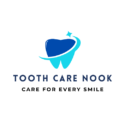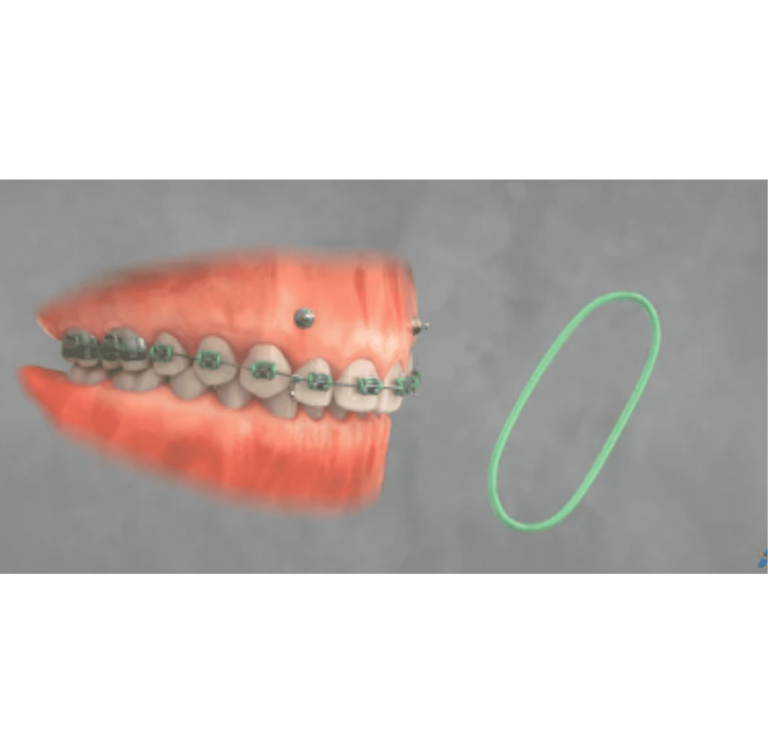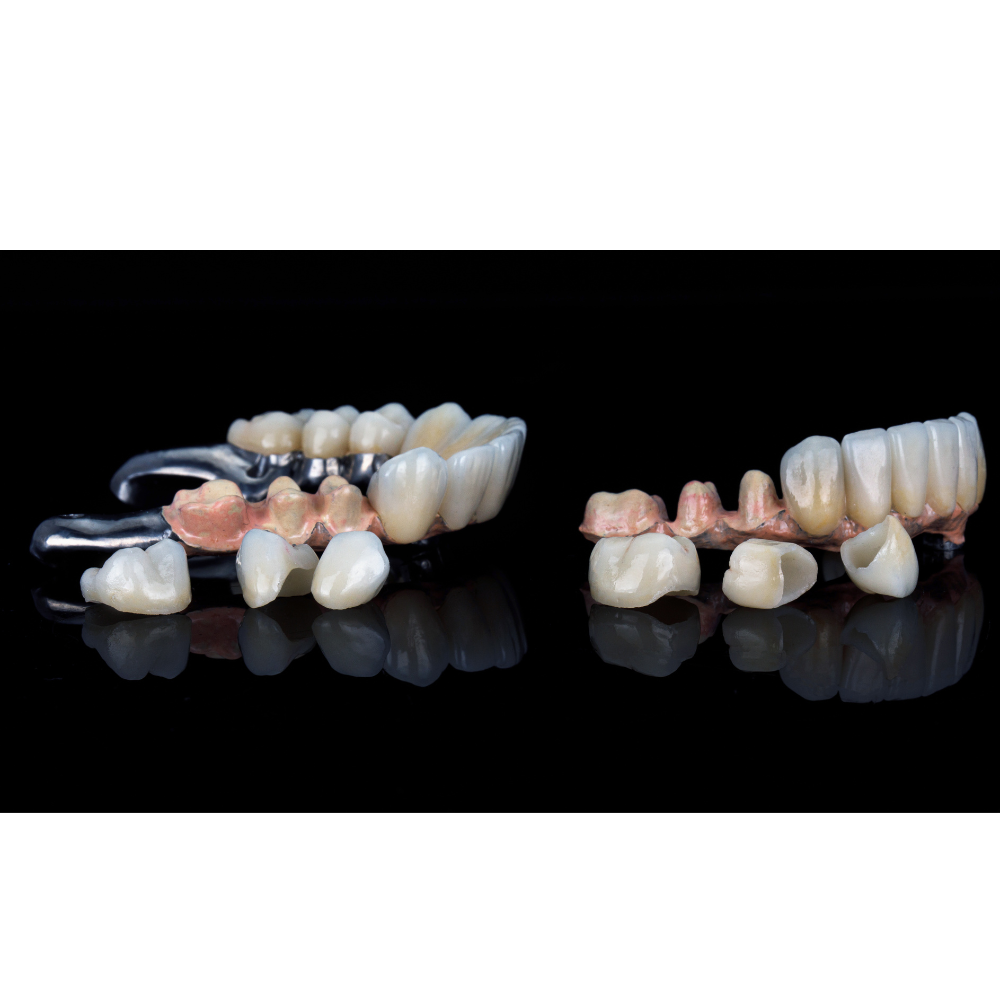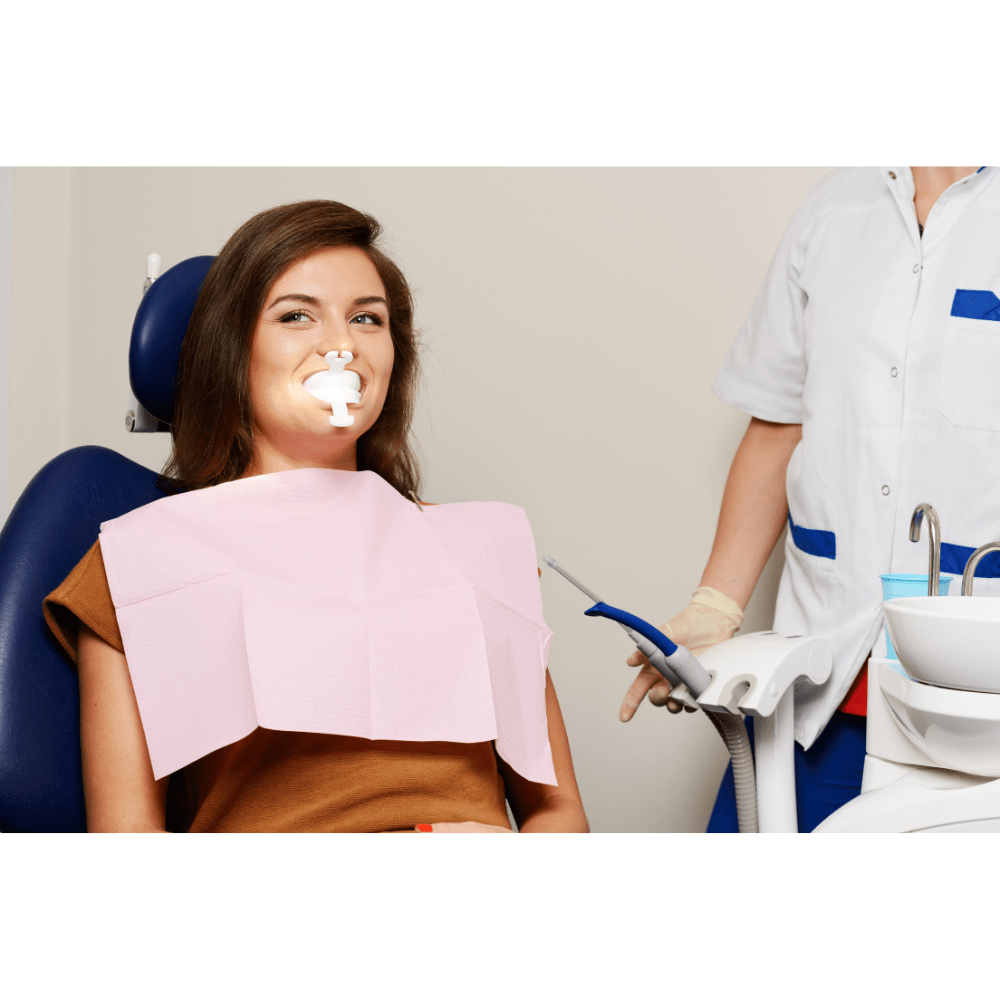TADs For Braces | Usage, Function, and All
Orthodontic technology is constantly evolving and Temporary Anchorage Devices provide even better results when used along with braces. TADs sound mysterious, but they can be a valuable tool in your journey to a more beautiful smile.
Here we will explore their usage, function, benefits, risks, and the considerations we need to be aware of. Learning about these elements is very important for anyone considering orthodontic treatment which includes the use of TADs for braces. First, let’s understand what they are.
What are Orthodontic TADs?
Orthodontic TADs also known as TAD appliances or TAD screws are small screw-like titanium implants that are temporarily placed in the jawbone. They are inserted into the jawbone through the gum tissue under local anesthesia, and they remain stationary throughout the treatment.
How TADs For Braces Function?
TADs for braces function by providing a stable anchorage point in the jawbone which allows orthodontists to apply targeted forces to specific teeth. This stability ensures that the desired teeth move without causing unwanted movement in other teeth.
Use of TADs in Orthodontics
The following are the uses of orthodontic TADs:
- Corrects open bites by pushing molars into the jawbone.
- Helps close gaps between teeth efficiently.
- Moves front teeth backward to correct overbites.
- Aligns the dental midline for better symmetry.
- Straightens tilted molars for improved alignment.
- Adjusts the position of teeth to enhance facial symmetry.
- Provides stability for teeth movement in preparation for implants or other prosthetics.
- Enhances the effectiveness of clear aligner treatments by providing additional anchorage.
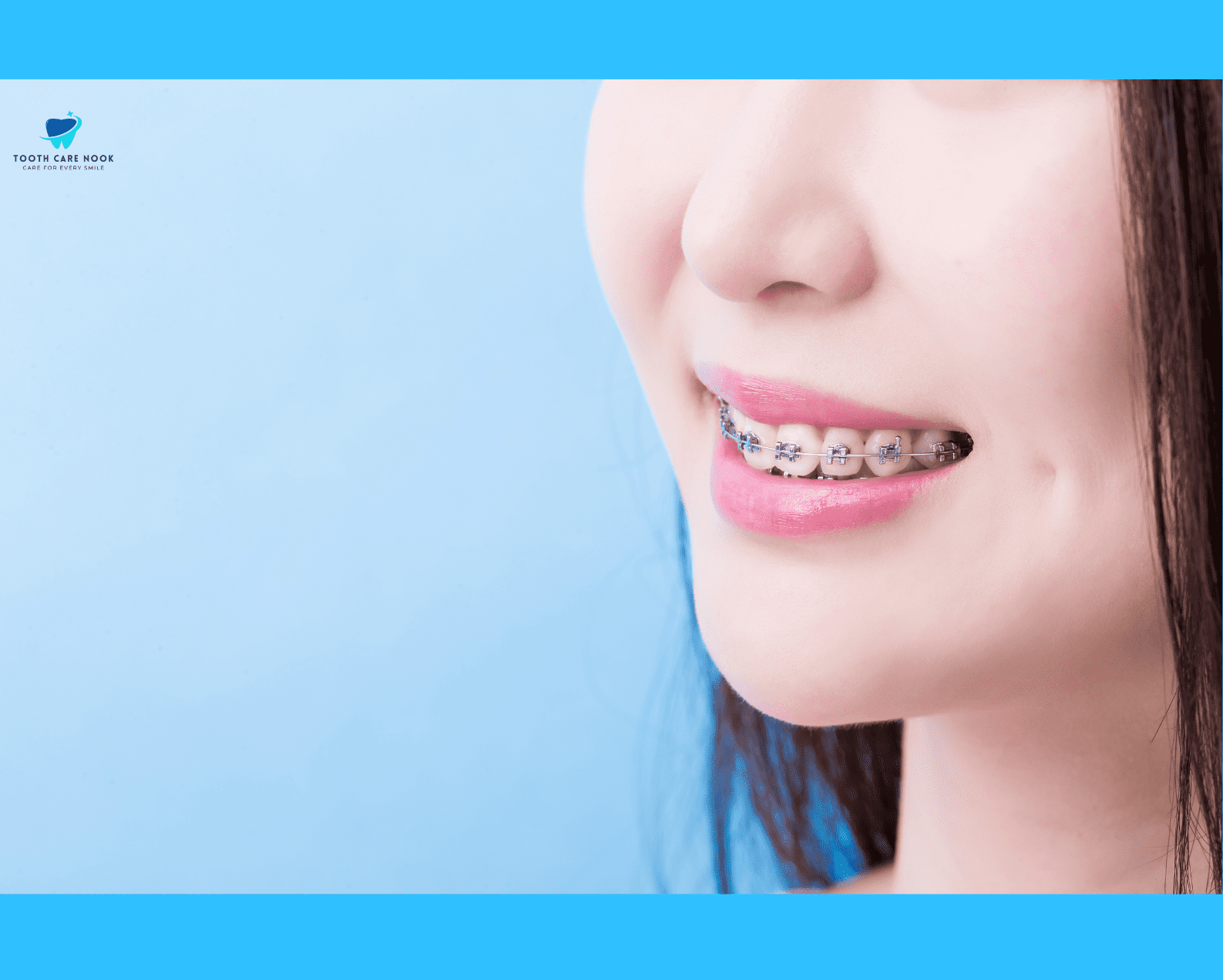
How Long Do You Wear TADs for Braces
The duration for which you wear TADs in orthodontic treatment ranges from a few months to the entirety of the braces treatment. It depends on the specific orthodontic needs. Generally, TADs for braces are used as long as they are needed to achieve the desired tooth movements and are removed once their function is complete.
Risks of TADs
TADs are widely used in orthodontics, but they come with certain risks. Some of them are the following:
- TADs can lead to localized infections at the insertion site if not properly maintained. Symptoms include redness, swelling, and pain.
- They can become loose or fail to anchor correctly, often due to poor bone quality or excessive force. This can necessitate reinsertion or adjustment.
- Adjacent gums and soft tissues can become irritated or ulcerated from TADs, causing discomfort.
- Improper placement may result in root damage to nearby teeth, potentially affecting tooth vitality.
- TADs can complicate brushing and flossing. It increases the risk of plaque buildup and subsequent dental issues.
- Additional appointments may be required for monitoring and managing TADs, increasing overall treatment time and cost.
- Prolonged use of TADs for braces can lead to localized bone resorption around the device.
Tips to Keep TADs Clean
- Use a soft-bristled toothbrush to clean around the TADs 3 times a day.
- Rinse with an antibacterial mouthwash daily to help reduce the risk of infection and maintain overall oral hygiene. Orthodontists often recommend chlorhexidine mouthwash.
- Floss daily, using floss threaders or orthodontic floss to navigate around the TADs. Consider using a water flosser to gently clean around TADs and remove debris.
- Brushing with fluoride toothpaste can help strengthen teeth and prevent decay around TADs.
Temporary Anchorage Device | Before and After Results
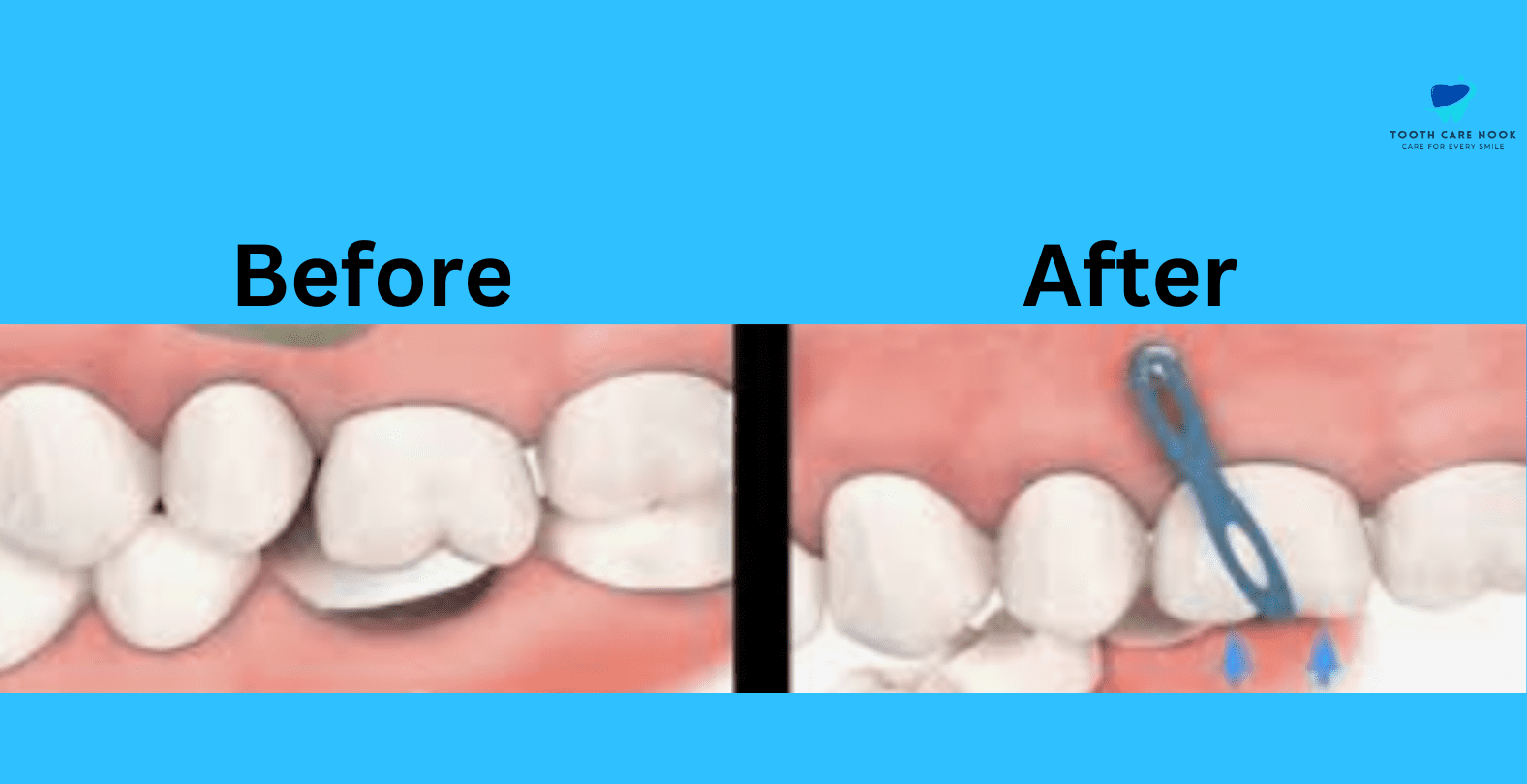
You can see the impact of Temporary Anchorage Devices in orthodontic treatment in the following before and after images.
What are Anchor Teeth?
In orthodontic treatment with braces, anchor teeth are simply strong healthy teeth in your jaw. They are like sturdy pillars of a bridge. During treatment, braces apply pressure to move other teeth. These teeth resist this pressure which provides a stable base for the desired movement to occur.
How Do Anchor Teeth Relate to TADs
Braces use anchor teeth for stability. however, TADs are like temporary poles driven into the ground, offering even more control for precise tooth movement.
While both play a role in achieving a straighter smile, anchors are your natural teeth used for stability. TADs are temporary implants offering even greater stability due to their direct connection with the jawbone.
FAQs
What is The Success Rate of TADs?
The success rate of Temporary Anchorage Devices in orthodontic treatment is approximately 80 to 100%.
Do Orthodontic TADs Hurt?
The orthodontic TADs placement and removal are pain-free procedures. Local anesthesia is commonly used during both processes to minimize discomfort. The actual placement and removal are swift and precise, often taking only a few minutes.
How Do You Eat With TADs?
It’s recommended to avoid hot foods and beverages to prevent any discomfort or irritation around the TAD site. Instead, opt for soft foods and liquids immediately following surgery to minimize strain on the surgical area and promote optimal healing.
Once the surgery day has passed, returning to a normal diet is typically advised, unless instructed otherwise by your orthodontist. However, it’s important to continue avoiding chewing food in the vicinity of the TAD placement site until instructed by your orthodontist.
What Age Are TADs For?
Patients younger than 12 years old, who have not yet completed their skeletal growth are inappropriate candidates for TAD placement. This is because TADs are often utilized to aid in orthodontic treatments requiring precise tooth movement, a process that is more commonly required in adolescents and adults.
